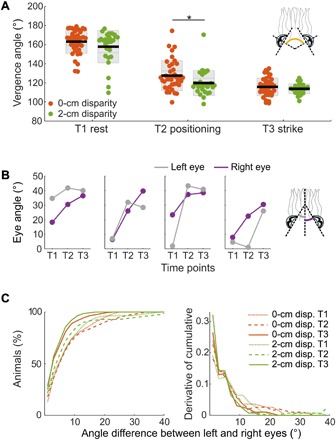Fig. 4. Cuttlefish have independent eye movements, and their eyes are not equally converged before the strike.

(A) Eye vergence angle at three time points during predatory behavior for 0- and 2-cm disparity stimuli where 0° is the eye looking laterally. T1: immediately before shrimp presentation; T2: after animal has rotated its body to view the screen and is moving forward; *P < 0.05; T3: during ballistic tentacle shoot; P = 0.15, 0.04, and 0.30, respectively, one-way ANOVA with time points. (B) Four randomly chosen examples of the eye angle of the two eyes at the three time points in the trial (see figs. S6 and S7 for data from all trials). (C) For each 0- and 2-cm disparity stimulus trial, the difference between the angular positions of the two eyes at the three time points was calculated, here shown as the cumulative percentage of animals (left) and its derivative (right). For (A) and (C), n = 5 and 5 for 0- and 2-cm disparities, respectively.
